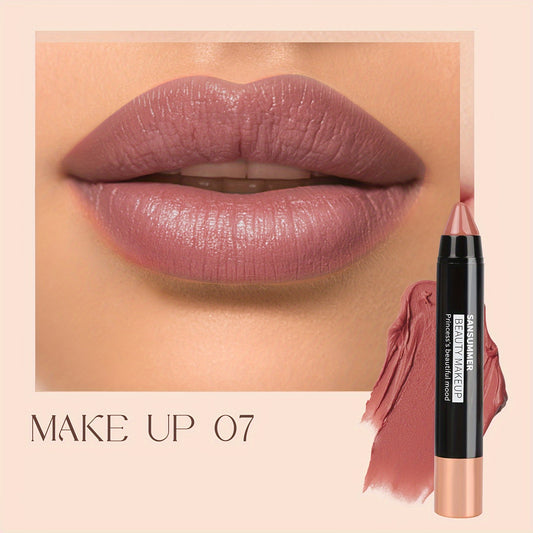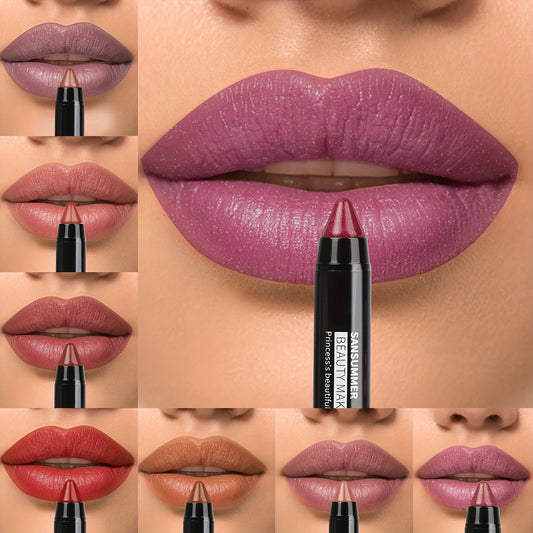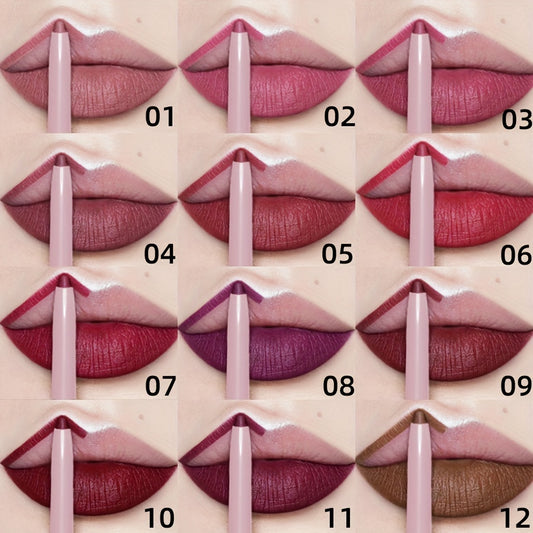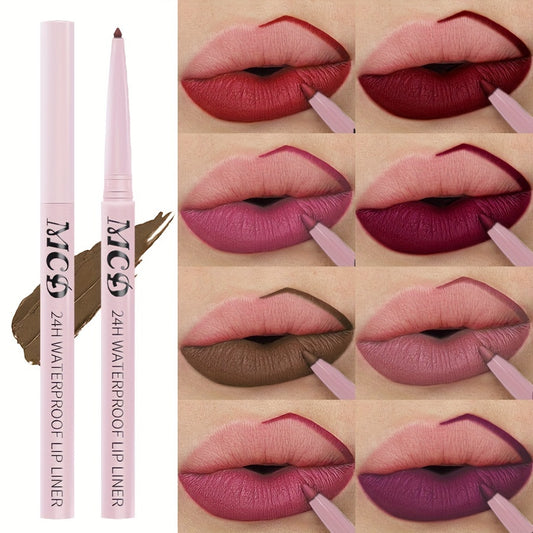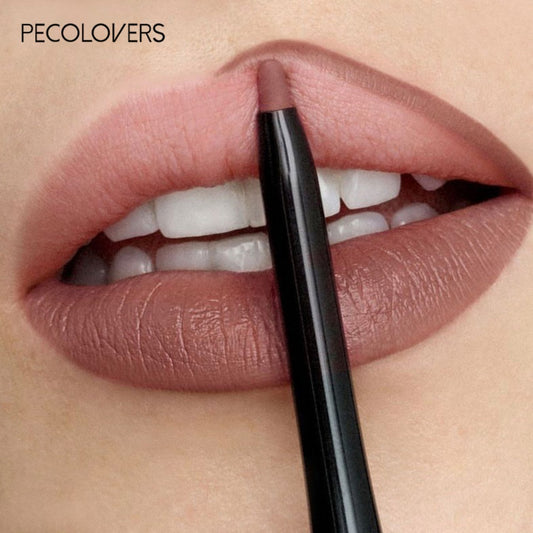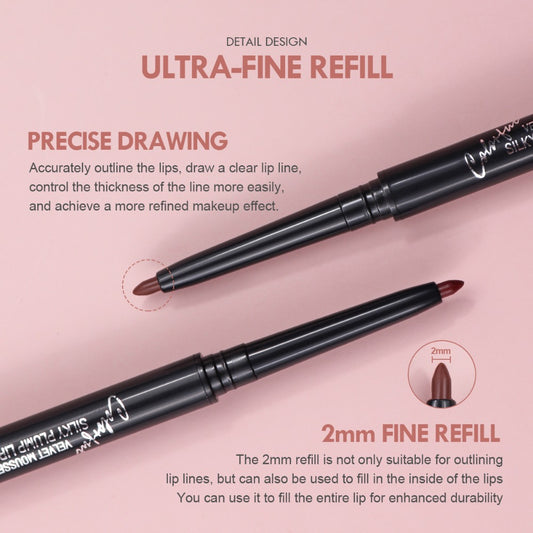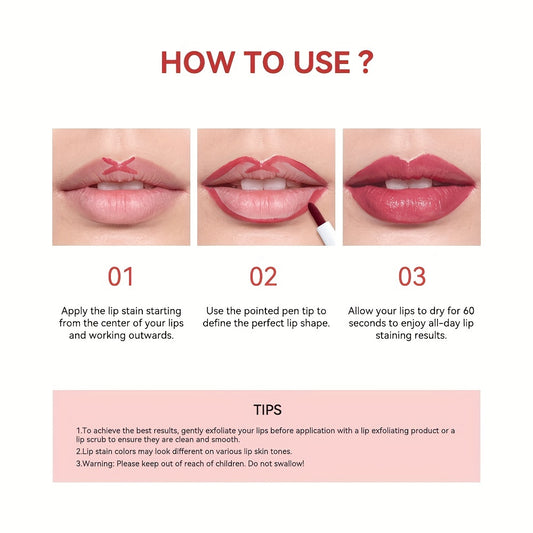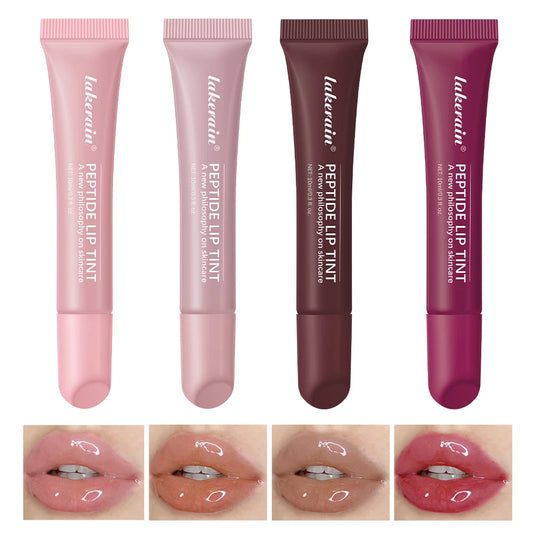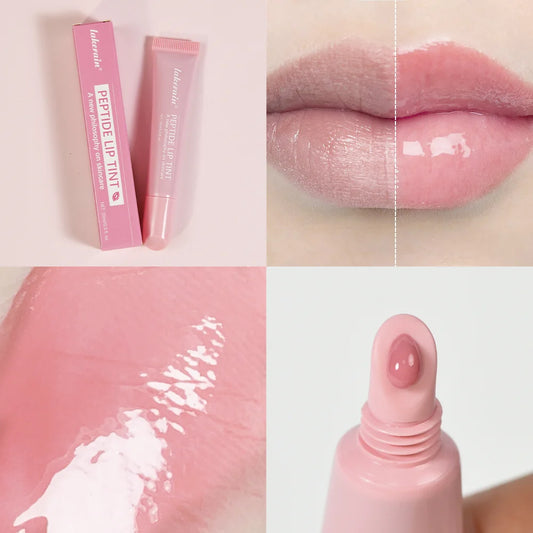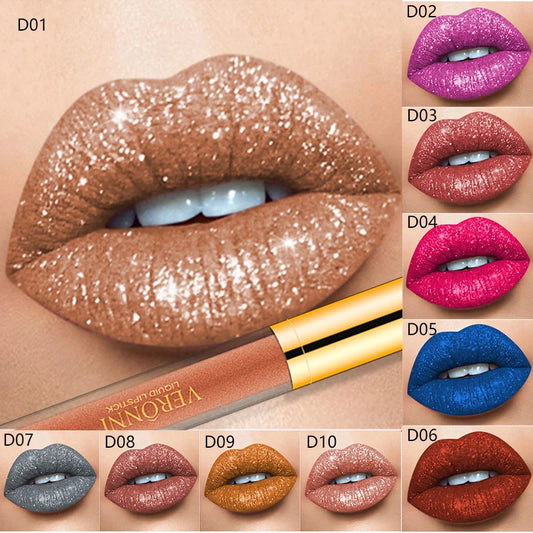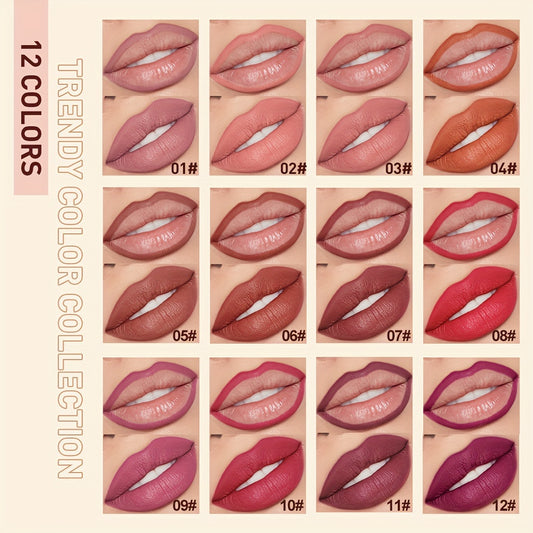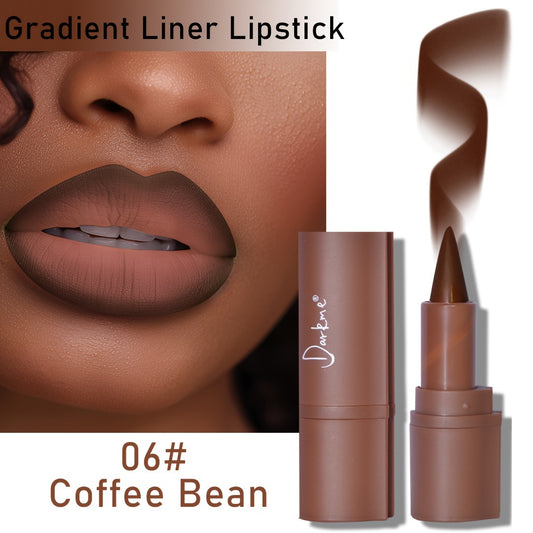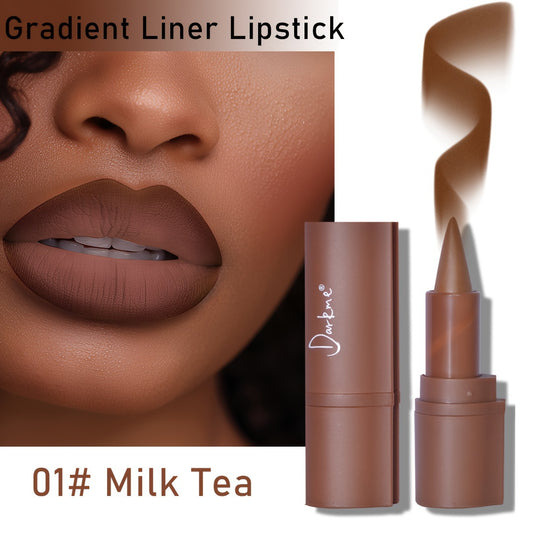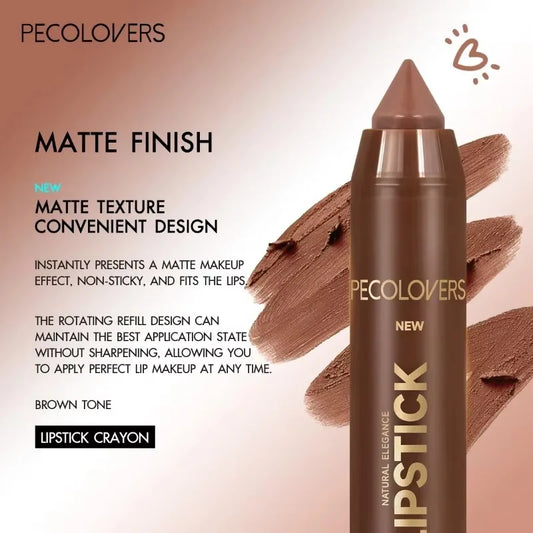The Soothing Power of Balm: Your Ultimate Guide
Share
Have you ever wondered about the simple power of a good balm? It's more than just a quick fix for dry skin. We're going to explore the world of balms, especially those made with natural stuff like tallow and honey. These aren't just old-fashioned remedies; they're packed with benefits for your skin. This article will help you understand how balm works, what it does for your skin, and how to pick the best kind.
Key Takeaways
- Balm, especially with ingredients like tallow and honey, can really help your skin.
- It works by giving your skin deep moisture and important nutrients.
- Balm can calm down irritated or red skin.
- It also helps your skin heal and protect itself.
- Choosing good quality ingredients and storing your balm right makes a big difference for how well it works and how long it lasts.
The Science Behind the Soothing Power of Balm
Tallow's Skin Compatibility
Tallow is pretty amazing, and it's all about how similar it is to our own skin. The fatty acids in tallow closely resemble the lipids found in human sebum. This means it absorbs super easily without clogging pores. It's like your skin recognizes it as its own, making it a super effective moisturizer. I remember when I first tried a tallow balm, I was shocked at how quickly it soaked in and how soft my skin felt afterward.
- Tallow replenishes the skin's natural oils, which can get stripped away by harsh soaps or environmental factors.
- It strengthens the skin barrier, helping to protect against irritants and moisture loss. Think of it as building a little fort for your skin.
- It reduces moisture loss, keeping your skin hydrated for longer. No more dry, flaky patches!
Tallow is rich in vitamins A, D, E, and K, which are all fat-soluble vitamins that play a crucial role in skin health. These vitamins help to nourish, protect, and repair the skin, contributing to its overall health and appearance. It's like giving your skin a multivitamin boost!
Honey's Natural Healing Properties
Honey isn't just for tea! It's got some serious healing powers. Raw honey is packed with antioxidants and has antibacterial properties, making it a great ingredient for skincare. I've used it on minor cuts and burns, and it always seems to speed up the healing process. Plus, it's a natural humectant, which means it draws moisture to the skin. healing balm is a great way to soothe irritated skin.
- Honey has antibacterial properties that can help to prevent infection in minor cuts and scrapes.
- It's a natural humectant, drawing moisture to the skin and keeping it hydrated.
- It contains antioxidants that can help to protect the skin from damage caused by free radicals.
Synergistic Benefits of Balm Ingredients
When you combine tallow and honey, you get a powerhouse of skin-loving goodness! The tallow provides deep moisturization and helps to deliver the honey's healing properties deep into the skin. The honey, in turn, enhances the tallow's absorption and provides additional antibacterial and antioxidant benefits. It's a win-win situation! I've found that using a balm with both ingredients really helps to soothe and heal my dry, irritated skin, especially during the winter months.
- Honey enhances tallow absorption, allowing it to penetrate deeper into the skin.
- Tallow provides a protective barrier, locking in the honey's moisture and healing properties.
- Creates a deeply soothing, nourishing balm that addresses a variety of skin concerns.
The Benefits of Tallow and Honey Balm

Imagine a balm that does more than just sit on the surface; it actually gets in there and helps your skin. That's what tallow and honey balm is all about. It's like a super-team for your skin, working together to make things better. Let's break down exactly what this dynamic duo can do for you.
Deep Hydration and Nutrient Delivery
This isn't your average moisturizer. Tallow and honey balm goes beyond simple hydration, delivering essential nutrients and fatty acids deep into your skin. Think of it as a vitamin boost directly where you need it. It's like giving your skin a healthy meal, packed with all the good stuff it craves.
- Replenishes those vital fatty acids that your skin loves.
- Gives a boost to skin elasticity, making it feel more supple.
- Provides hydration that lasts, not just a quick fix.
I've noticed a huge difference in how my skin feels since I started using tallow and honey balm. It's softer, smoother, and just looks healthier overall. It's become a staple in my routine, especially during the dry winter months.
Calming Irritated and Inflamed Skin
Got redness, itching, or just plain irritated skin? This balm could be your new best friend. It's known for its calming effect, especially on skin that's acting up. It's like a gentle hug for your face (or wherever you need it!). If you're looking for something to help calm your skin, this might be it. You can also look into natural skin remedies for other options.
- Soothes redness and that annoying itching.
- Helps calm down eczema and dermatitis flare-ups.
- Reduces inflammation, making your skin feel less angry.
Promoting Skin Repair and Regeneration
This balm isn't just about making your skin feel good in the moment; it's also about helping it heal and regenerate. The combination of tallow and honey works to support your skin's natural repair processes. It's like giving your skin the tools it needs to rebuild and come back stronger.
- Supports the skin's natural healing process.
- Encourages cell turnover for fresher-looking skin.
- Helps to fade scars and blemishes over time.
Natural Antibacterial and Antioxidant Properties
Both tallow and honey bring their own set of protective qualities to the table. Honey is a natural antibacterial agent, while tallow is packed with antioxidants. Together, they help to defend your skin against environmental stressors and keep it healthy. It's like having a shield against the bad stuff, while also nourishing from within. Consider this when looking for protective skin ingredients.
- Fights off bacteria that can cause breakouts.
- Protects against free radical damage with antioxidants.
- Supports a healthy skin microbiome.
Quality and Sourcing for Your Balm
Selecting High-Quality Tallow
Not all tallow is created equal, and the quality really impacts the final product. For the best balm, you want tallow that's come from healthy, well-fed animals. I'm talking grass-fed, ideally organic, because that means it's packed with nutrients and free from a bunch of junk you don't want on your skin. Think of it like this: you wouldn't eat low-quality food if you could avoid it, so why put low-quality ingredients on your skin?
- Look for tallow that is pure and unrefined. This means it hasn't been processed with a bunch of chemicals.
- Check the source. Knowing where your tallow comes from can make a big difference.
- Avoid tallow with added fragrances or preservatives. The fewer ingredients, the better.
Choosing Raw, Unprocessed Honey
Honey isn't just a sweetener; it's got some serious healing properties. But here's the thing: you need the right kind of honey. Raw, unprocessed honey is where it's at. That means it hasn't been heated or filtered, which can destroy all the good stuff like enzymes and antioxidants. Think of it as natural antibacterial properties straight from the hive.
- Make sure it says "raw" on the label. This is the most important thing.
- Look for honey that's a bit cloudy or has some sediment. That's a good sign it hasn't been overly processed.
- Consider local honey. It might even help with seasonal allergies!
Storage and Shelf-Life Best Practices
Okay, so you've got your amazing tallow and honey. Now what? Well, you need to store them properly to keep them fresh and effective. Nobody wants to use a balm that's gone bad, right? Proper storage is crucial to maintain the quality of your ingredients.
- Store your balm in a cool, dark place. Heat and light can degrade the ingredients.
- Use an airtight container. This helps prevent oxidation and contamination.
- Check your balm regularly for any changes in smell, texture, or color. If it looks or smells off, it's probably time to toss it.
Homemade balms might not last as long as the stuff you buy in the store, so keep an eye on the expiration dates of your tallow and honey. And if you live in a warm climate, consider storing your balm in the fridge to extend its shelf life. It might get a little firm, but it'll still work great.
Versatile Uses of Healing Balm
Addressing Diverse Skin Concerns
Balm isn't just a one-trick pony; it's like a Swiss Army knife for your skin. It can handle a surprising number of issues, from the everyday to the more persistent. Think of it as your go-to for those little skin emergencies. I've personally used it on everything from dry patches to minor scrapes, and it's always been a lifesaver. It's great to have one product that can do so much.
Intensive Moisturization for Dryness
If your skin is feeling like the Sahara Desert, balm is your oasis. It's not just about adding moisture; it's about locking it in.
- Balm creates a barrier that prevents water loss.
- It softens even the roughest skin.
- It provides lasting relief from dryness.
I remember one winter when my hands were so dry they cracked and bled. Nothing seemed to help until I started using balm. Within a few days, my hands were noticeably softer and the cracks started to heal. It was a game-changer!
Promoting Skin Healing and Protection
Balm isn't just about making your skin feel good; it's about helping it heal and stay protected. It creates an environment where your skin can repair itself, and it shields it from the elements. Think of it as a bodyguard for your skin. It's especially useful for minor cuts, scrapes, and burns. The healing balm creates a barrier that keeps out dirt and germs, allowing the skin to heal faster. It's also great for preventing scars. I always keep a tin of balm in my first-aid kit for those unexpected boo-boos. It's a simple, natural way to help your skin recover and stay healthy. The protective qualities of balm are really what makes it stand out. It's not just a moisturizer; it's a shield.
Balm for Specific Skin Conditions

Soothing Eczema and Dermatitis
Dealing with eczema or dermatitis can be a real challenge. The constant itching and inflammation are not fun. Tallow and honey balm can offer some relief. It's not a cure, but it can help manage the symptoms. The balm's moisturizing properties can soothe dry, cracked skin, while its anti-inflammatory components may reduce redness and irritation. It's always a good idea to do a patch test first to make sure your skin doesn't react negatively.
Relief for Minor Cuts and Burns
For those everyday scrapes and burns, a healing balm can be a handy addition to your first-aid kit. It helps create a barrier that protects the wound from infection and promotes faster healing. The natural properties of honey, in particular, are known to aid in skin repair. Just make sure the wound is clean before applying the balm. For more serious injuries, it's best to consult a doctor, but for minor issues, balm can be a great natural remedy. You can also use healing balm for cuts.
Calming Insect Bites and Irritations
Insect bites can be incredibly annoying, causing itching, swelling, and discomfort. Applying tallow and honey balm to the affected area can help soothe the skin and reduce inflammation. The antibacterial properties of honey can also prevent infection if you've been scratching. It's a simple, natural way to find some relief from those pesky bug bites. Plus, it's a lot gentler than some of the chemical-laden products out there. I like to keep some natural antibacterial balm on hand during the summer months.
I've found that applying balm after a shower, when my skin is still a little damp, really helps lock in the moisture and keeps the itching at bay. It's a small thing, but it makes a big difference in my comfort levels, especially during mosquito season.
Integrating Balm into Your Skincare Routine
Okay, so you're convinced about balm. Great! But how do you actually use it? It's not just slapping it on and hoping for the best. Let's talk about how to make balm a real part of your daily life.
Daily Moisturizer Application
Think of balm as a super-powered moisturizer. Instead of your regular lotion, try using a thin layer of balm, especially at night. This gives it time to really sink in and do its thing. If you have oily skin, you might want to stick to using it only on drier areas or as a night treatment. For dry skin, you can use it morning and night. I like to apply it right after a shower when my skin is still a little damp – it seems to lock in the moisture even better.
Targeted Treatment for Problem Areas
Balm isn't just for all-over moisturizing; it's amazing for targeting specific issues. Got a patch of eczema? Dry, cracked heels? A stubborn rough spot on your elbow? Balm is your friend. Apply a generous amount to the affected area and cover it with a bandage or sock overnight. You'll be surprised at the difference in the morning. I had a really bad patch of dry skin on my hand last winter, and honestly, nothing worked until I started using balm as a targeted treatment.
Balm as a Protective Barrier
Balm can also act as a shield for your skin. Before you head out into harsh weather, apply a thin layer to your face and hands. It creates a barrier against wind, cold, and even sun (though it's not a substitute for sunscreen!). Gardeners and anyone who works with their hands a lot will find this especially helpful. It helps protect against dryness and irritation from constant washing or exposure to the elements. I even use it on my kids' cheeks before they go out to play in the snow – it really helps prevent that wind-chapped look. Plus, it's way more natural than some of those other protective creams out there.
Using balm is all about finding what works best for you. Don't be afraid to experiment with different application methods and times of day. The key is consistency. The more you use it, the more you'll see the benefits. And remember, a little goes a long way!
Understanding Balm's Protective Qualities
Forming a Moisture-Locking Barrier
Balms are great because they don't just sit on top of your skin; they create a barrier. Think of it like a cozy blanket for your face. This barrier is key to keeping moisture in and dryness out. It's especially helpful if you live in a place with harsh weather or if your skin tends to get really dry. I've noticed a big difference since I started using balm regularly; my skin feels way less tight and flaky, especially during the winter months.
Shielding from Environmental Aggressors
Our skin faces a lot every day – pollution, wind, sun, you name it. Balm acts like a shield, protecting your skin from these environmental aggressors. It's not a complete force field, but it definitely helps minimize the damage. I like to think of it as an extra layer of defense, especially when I'm spending time outdoors. It's like giving my skin a fighting chance against all the bad stuff out there.
Enhancing Skin's Natural Defenses
Balm isn't just about protection from the outside; it also helps your skin do its own job better. By providing a healthy environment, it supports your skin's natural ability to heal and defend itself. It's like giving your skin a little boost. I've found that my skin is less reactive and more resilient since I started using balm. It's like it's finally able to breathe and do what it's supposed to do.
Think of balm as a supportive friend to your skin. It's there to help it stay hydrated, protected, and strong, so it can handle whatever life throws its way. It's not a miracle cure, but it's a simple, effective way to give your skin the support it needs.
Here's a quick rundown of how balm helps:
- Supports the skin's natural barrier function.
- Helps to calm irritation.
- Promotes overall skin health.
Ever wonder how balms keep your skin safe? They create a thin shield that locks in moisture and keeps bad stuff out. This protective layer is super important for healthy skin. Want to learn more about how our balms work? Visit our website today!
Wrapping It Up
So, we've talked a lot about balms, right? From helping dry patches to calming down irritated skin, these little jars of goodness really do a lot. It's pretty cool how something so simple can be such a big help for your skin. Whether you're dealing with a small scrape or just want to keep your skin feeling good, there's probably a balm out there for you. Give one a try and see what it can do!
Frequently Asked Questions
Is tallow and honey balm good for oily skin?
Yes, it can. Tallow has fats that are very similar to what our skin makes, so it soaks in easily. This helps keep skin hydrated without making it feel greasy.
Can I use this balm if I have sensitive skin?
Absolutely! This balm is made from natural ingredients and is usually gentle. But, if you have very sensitive skin or allergies, it's a good idea to test a tiny bit on a small area of skin first to make sure you don't react to it.
How often should I apply the tallow and honey balm?
You can use it every day! For general moisture, a thin layer works great. If you have really dry spots or skin issues, you can put on a bit more.
How should I store my balm?
It's best to keep your balm in a cool, dark spot, away from direct sunlight. This helps it stay fresh and last longer. If it's very warm where you live, you might even put it in the fridge.
Can this balm help with skin irritation and redness?
Yes, it can! The honey in the balm has natural properties that can help calm down irritated skin and reduce redness. It's often used for things like eczema or minor skin rashes.
What are the main uses for this healing balm?
You can use this balm for many things! It's great for dry skin, chapped lips, minor cuts, scrapes, and even bug bites. It helps protect your skin and keeps it feeling soft and healthy.

